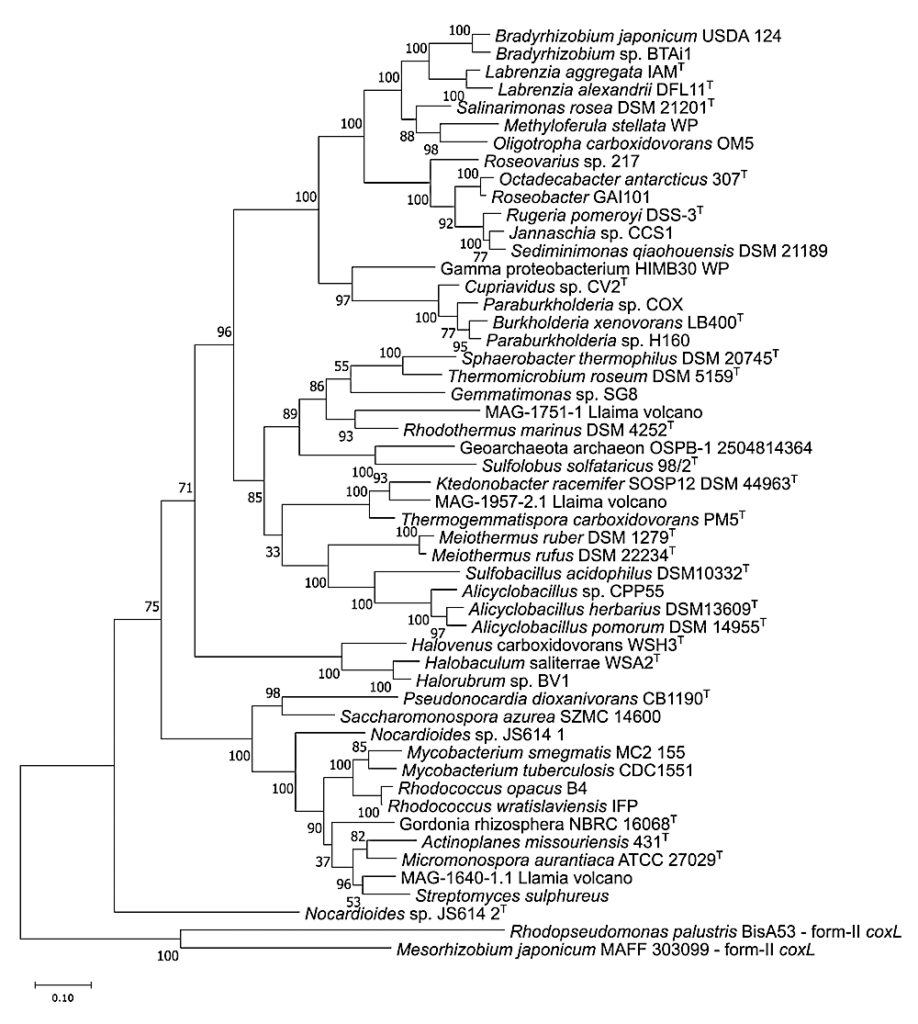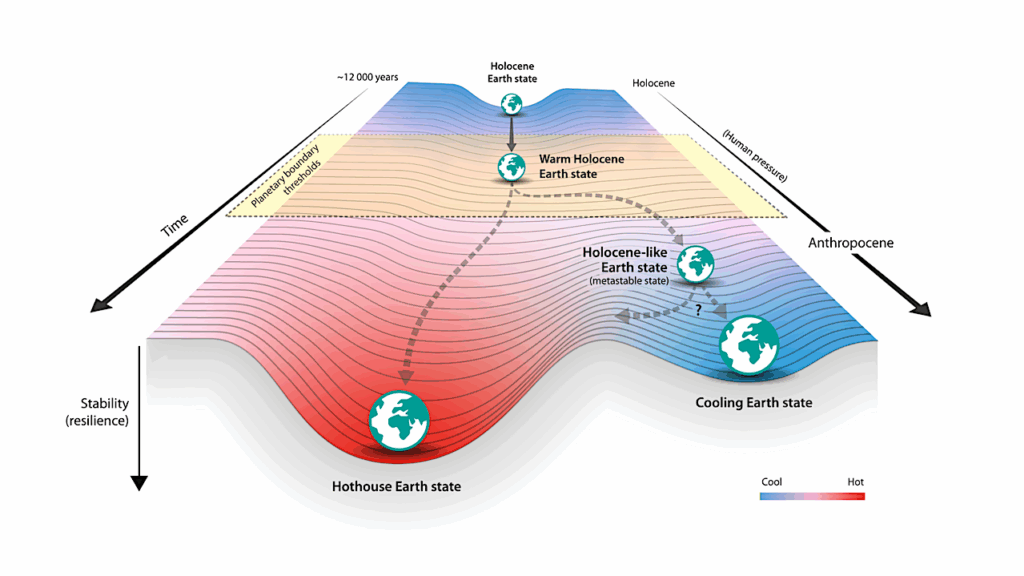Carboxydovores From The Pseudomonadota Colonise Volcanic Soils During Succession

Carbon monoxide (CO) degrading microorganisms are present in volcanic deposits throughout succession, with vegetation and soil influencing the communities present. The carboxydovores are a subset of CO degraders that use CO only as an energy source, raising the question of how the physiological and metabolic features of the carboxydovores can make these bacteria more competitive in harsh volcanic ecosystems.
An enrichment strategy was modified, which enabled the isolation of two carboxydovore representatives from genera that were abundant in the native soils, Cupriavidus sp. CV2T (92.3% ANI vs. Cupriavidus basilensis DSM 11853) and a putative strain of Paraburkholderia terrae (Pb. terrae COX) (96.42% ANI vs. Pb. terrae KU-64T). These isolates oxidise CO across a very broad range of concentrations, and genome sequence analysis indicated that they use form-I carbon monoxide dehydrogenase (CODH) to do so.
Cupriavidus sp. CV2T and Pb. terrae COX each oxidised CO specifically at stationary phase, but the conditions for induction of CODH expression were distinct. Cupriavidus sp. CV2T expressed CODH only in the presence of CO, while Pb. terrae COX expressed CODH regardless of the presence of CO. Based on metabolic and phylogenetic analyses, Cupriavidus sp. CV2T is recommended as a novel species within the genus Cupriavidus. Therefore, we propose the name Cupriavidus ulmosensis sp. nov. for the type strain CV2T (= NCIMB 15506T, = CECT 30956T).
This study provides valuable insights into the physiology and metabolism of carboxydovores, which colonise volcanic ecosystems during succession.
Importance Volcanic ecosystems harbour many bacteria that contribute to the environmentally important process of carbon monoxide (CO) oxidation. We demonstrate a modified method for isolating bacteria, which consume CO at very low concentrations as a supplementary energy source (carboxydovory), leading to the isolation of two novel strains (Cupriavidus sp. CV2T and Paraburkholderia terrae COX) from volcanic strata that formed in 1917 and 2015, respectively.
The conditions under which CO consumption occurs were investigated; each strain consumed CO during stationary phase, but Pb. terrae COX consumed CO regardless of the prior growth conditions while Cupriavidus sp. CV2 was more controlled. Cupriavidus sp. CV2 is a type strain of a new species, Cupriavidus ulmosensis str. CV2, which demonstrates relatively high tolerance for CO.
These strains provide the basis for further study of the physiology, metabolism, and genetics of CO oxidation by carboxydovores, and will help us to understand how bacteria colonise harsh volcanic ecosystems.

Evolutionary relatedness of translated CoxL amino acid sequences. The tree was drawn using the Maximum Likelihood method with 500 Bootstrap replicates in MEGA7. MAGs were retrieved from Hernández et al. (2020). — biorxiv.org
Carboxydovores From The Pseudomonadota colonise Volcanic Soils During Succession, biorxiv.org
Astrobiology, Genomics,








